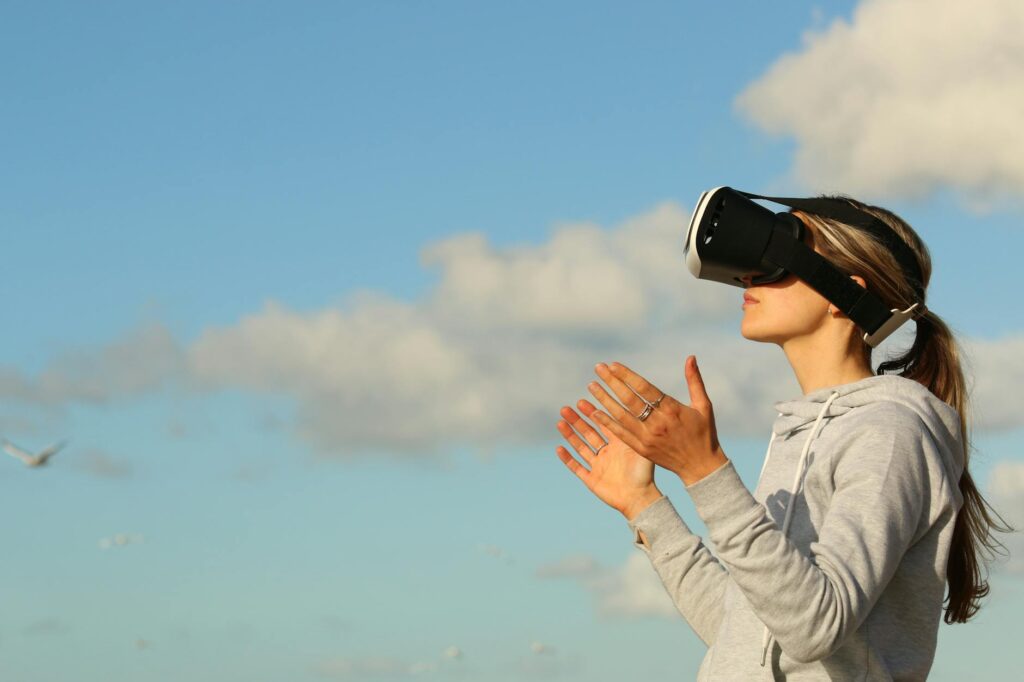What is immersive experiences?

What is immersive experiences?
In today’s fast-paced digital world, we often find ourselves longing for deeper connections and more meaningful interactions. Enter immersive experiences—an innovative way to engage with content that captivates our senses and draws us into another reality. Whether in education, art, or entertainment, these experiences can significantly enhance learning and engagement. Let’s explore what immersive experiences truly are and how they can transform our understanding and interactions.
Defining Immersive Experiences
So, what exactly are immersive experiences? In simple terms, they are activities or environments that fully engage a participant’s senses, making them feel as if they are part of the action. This could be through virtual reality (VR), augmented reality (AR), or even physical installations that create a sense of presence.
For example, think of a VR game that transports you to a different world where you can interact with characters and objects as if they were real. This sense of immersion can blur the line between reality and digital environments, making the experience more impactful. According to the Immersive Experience Institute, immersive experiences invite participants into a reality that feels authentic, enhancing engagement and emotional connection.
Key Characteristics of Immersive Experiences
Several features define immersive experiences:
-
Sensory Engagement: Immersive experiences stimulate multiple senses, such as sight, sound, and touch. For instance, a VR simulation could utilize surround sound and haptic feedback to involve the viewer completely.
-
Interactivity: Participants often influence the experience through their actions. This interactivity can lead to personalized outcomes, making the experience feel unique to each individual.
-
Emotional Connection: Immersive experiences can evoke strong emotions, further enhancing engagement. When we feel connected, we are more likely to remember and process the information presented.
Types of Immersive Experiences
Immersive experiences come in various forms, including:
-
Virtual Reality (VR): Fully immersive environments created through technology that replaces the real world with a virtual one. Users wear headsets and may interact with the environment using controllers. Examples include educational simulations or gaming experiences.
-
Augmented Reality (AR): This blends digital elements with the real world. For instance, using a smartphone, you might see digital art overlaid on your surroundings, enhancing your perception of reality.
-
Mixed Reality (MR): A combination of VR and AR, MR allows both physical and digital objects to coexist and interact in real-time, creating a more complex experience.
These technologies have widespread applications, from educational tools to marketing campaigns.
The Impact of Immersive Experiences
Immersive experiences are not just about entertainment; they also have a significant influence on learning and productivity.
Enhancing Learning Through Immersive Experiences
Studies show that immersive experiences can boost retention and understanding. When learners engage in a VR environment, they are more likely to retain information because they actively participate rather than passively consume it. The Center for Engaged Learning highlights how immersive learning extends the educational experience beyond traditional methods, making complex subjects easier to grasp.
For example, imagine learning about historical events through a VR simulation that places you right in the midst of the action. This not only makes history more fascinating but also allows for a deeper comprehension of the context and emotional weight of those events.
Boosting Engagement in Work and Personal Development
Immersive experiences can also motivate individuals in their personal and professional lives. Whether it’s through gamified training modules or interactive workshops, these experiences can enhance engagement and foster a sense of accomplishment.
For instance, a virtual training program that simulates real-world scenarios can help employees practice and learn new skills in a safe yet realistic environment. This can lead to improved performance and job satisfaction. As immersive technologies evolve, they will continue to transform how we approach learning and development.
Implementing Immersive Experiences
If you’re interested in incorporating immersive experiences into your life or workplace, here are some practical tips to consider.
Choosing the Right Tools and Technologies
Selecting the right platforms and tools is crucial. Depending on your goals, you might explore various VR headsets, AR apps, or mixed-reality platforms. For instance, tools like Oculus Rift for VR or AR applications like Pokémon GO can provide engaging ways to interact with content.
Creating a Personalized Immersive Experience
To maximize the effectiveness of immersive experiences, tailor them to your learning style or preferences. Reflect on what engages you the most—visual aids, hands-on activities, or storytelling. Identifying these preferences will help you choose the right experiences that resonate with you.
Creating an immersive environment at home or work can also enhance your interactions. For example, consider setting up an area dedicated to VR learning or immersive training sessions to foster a culture of innovation and engagement.
Conclusion
Immersive experiences hold significant potential to reshape how we learn and engage with the world around us. By leveraging these engaging environments, we can enhance our understanding of complex topics, boost productivity, and foster personal growth. As we explore these technologies, it’s essential to embrace the possibilities they offer for transforming our lives. I encourage you to dive into the world of immersive experiences and discover the benefits they can bring to your learning and productivity journey.

Photo by Bradley Hook